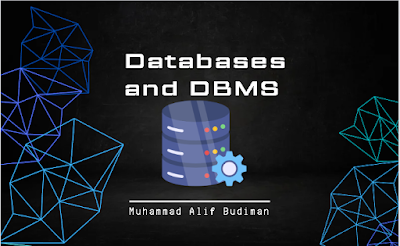In today's digital age, databases are fundamental to managing and organizing vast amounts of data efficiently. Whether you're a developer, IT professional, or simply curious about how data is stored and accessed, understanding databases is essential. In this introductory guide, we explore the basics of databases, their types, and their role in modern technology.
1. What is a Database?
- Definition of a database and its role in storing, organizing, and managing structured or unstructured data.
- Importance of databases in applications, websites, and enterprise systems for data retrieval and manipulation.
2. Types of Databases
- Relational Databases: Overview of relational databases, such as MySQL, PostgreSQL, and SQL Server.
- NoSQL Databases: Explanation of NoSQL databases, including document stores (e.g., MongoDB), key-value stores (e.g., Redis), and column-family stores (e.g., Cassandra).
- Graph Databases: Introduction to graph databases like Neo4j, optimized for handling complex relationships between data entities.
3. Components of a Database System
- Database Management System (DBMS): Definition and role of DBMS in managing databases, including data definition, manipulation, security, and administration.
- Database Schema: Understanding database schema, tables, fields, and relationships between entities.
4. Key Concepts and Terminology
- SQL (Structured Query Language): Overview of SQL, its role in querying and manipulating data in relational databases.
- ACID Properties: Explanation of ACID (Atomicity, Consistency, Isolation, Durability) properties that ensure reliability and integrity of transactions in databases.
- Normalization: Basic principles of database normalization to reduce redundancy and improve data integrity.
5. Applications and Use Cases
- Real-world applications of databases in various industries, such as e-commerce, finance, healthcare, and social media.
- Use cases illustrating how different types of databases (relational, NoSQL, graph) are applied to solve specific business challenges.
6. Future Trends in Database Technology
- Emerging trends in database technology, such as cloud databases, serverless architectures, and the integration of AI and machine learning.
Conclusion
- Recap of the importance of databases in modern data management and technology.
- Invitation to explore further topics like database security, scalability, and advanced querying techniques in future posts.


